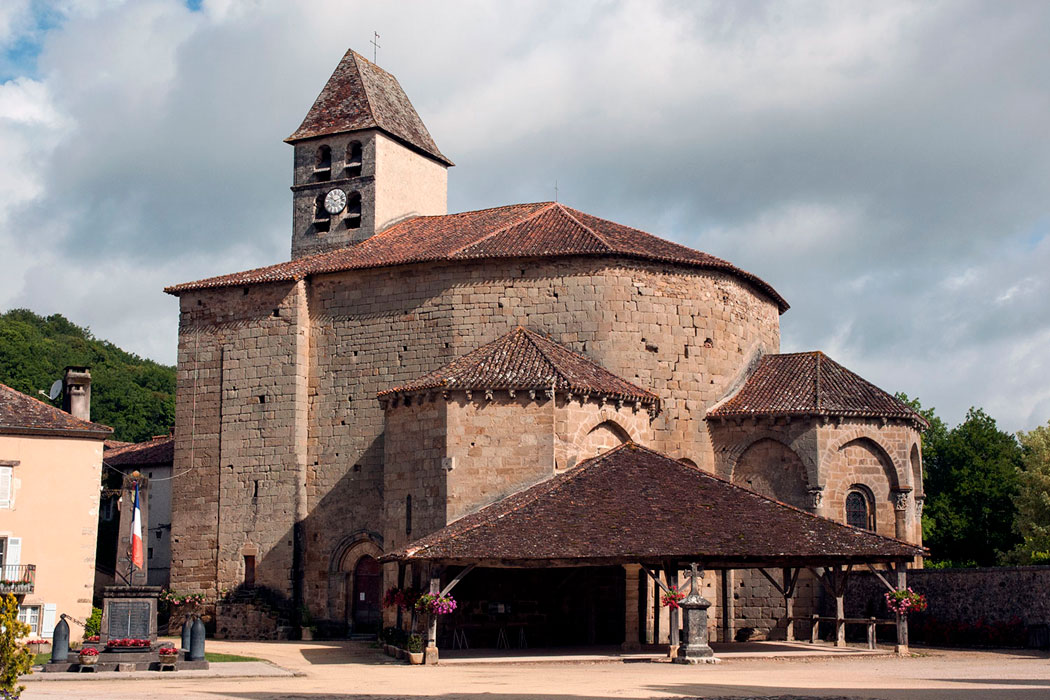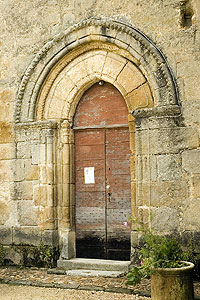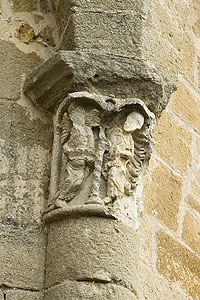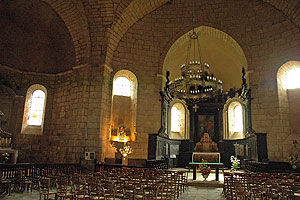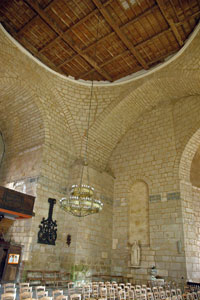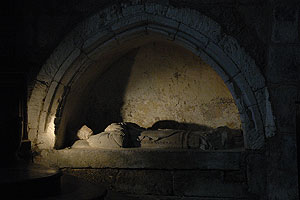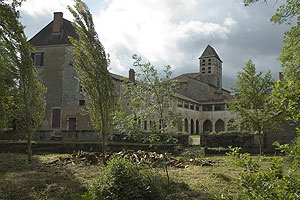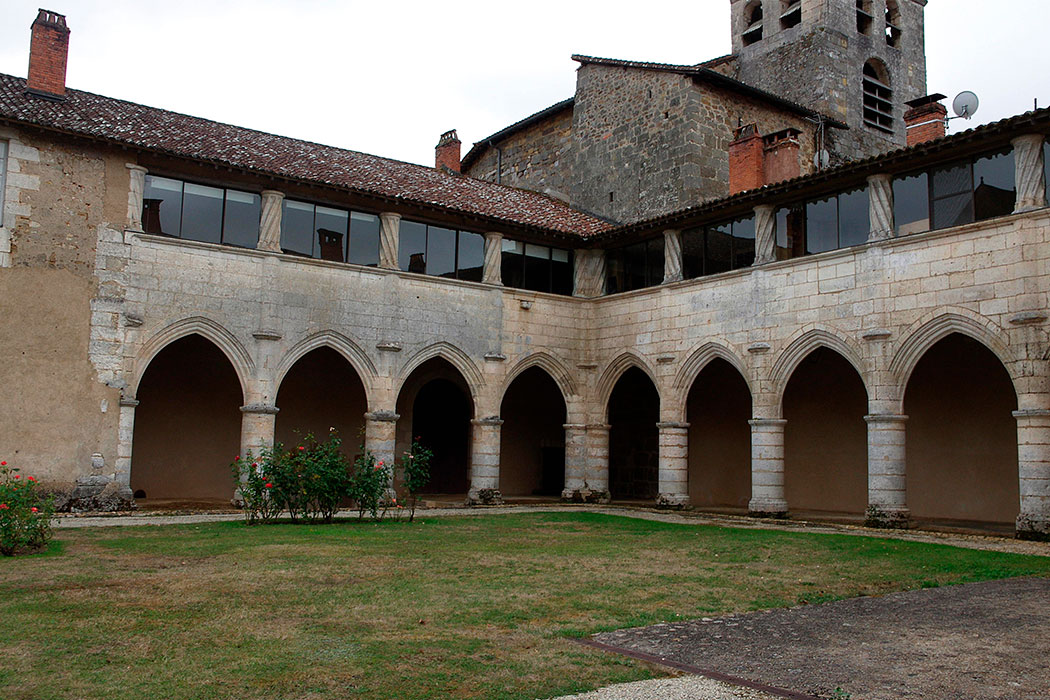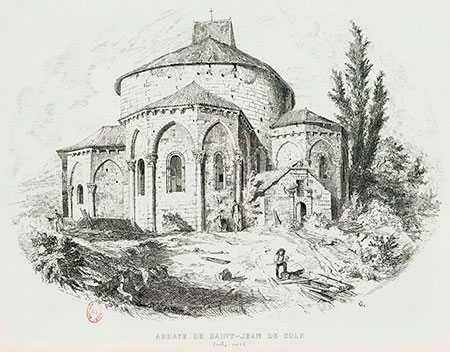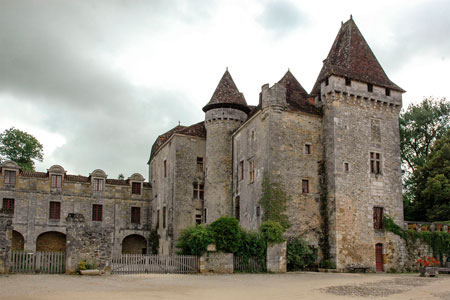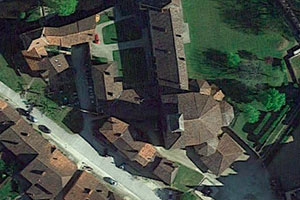Priory of Saint-Jean-de-Côle
Prieuré Saint-Jean-de-Côle / S Johannes de Cola
(Saint-Jean-de-Côle, Dordogne)
The priory of Saint-Jean-de-Côle was founded by the Bishop of Périgueux, Raynaud de Thiviers (1081–1101), before departing for the Holy Land, where he died. Initially, the establishment housed a community of clerics responsible for the nearby parishes, who adopted the regular life under the Rule of Saint Augustine.
By 1192, the priory had already accumulated significant wealth. In that year, Pope Celestine III confirmed its properties and placed it under his protection. In the late 14th and early 15th centuries, the priory fell victim to the wars against the English, leading to the ruin of its monastic buildings and, likely, the temporary dispersal of the canons. The restoration was prolonged over time, and later, the priory also suffered the effects of the Wars of Religion.
In the 16th century, the priory came under commendatory administration, and in addition, the local lords of La Marthonie intervened, effectively becoming its owners and managing it according to their interests. Between 1635 and 1669, a reform was introduced, and the priory was integrated into the Congregation of Sainte-Geneviève. By the 18th century, it had fallen into decline, and the canons were almost exclusively dedicated to administering their parishes. With the French Revolution, the priory was closed, and its assets were sold. During this period, much of the archives that had survived previous conflicts were lost. Since 1801, the church has maintained its role as a parish church.
The church of Saint-Jean is a unique structure, the result of various modifications to a 12th-century building. The nave has a polygonal layout with three apses: the central one facing east and the other two positioned obliquely. This nave was originally covered by a large dome, which had to be rebuilt several times until, in 1860, it was replaced with a flat wooden structure. Among the remaining parts of the priory's dependencies, the 16th-century cloister stands out. Next to the church is the Château de La Marthonie.
- BESSE, J.-M. (1910). Abbayes et prieurés de l'ancienne France. Vol. 3: Provinces ecclésiastiques d'Auch et de Bordeaux. Abbaye de Ligugé
- BOSREDON, Ph. de (1874). Liste des abbés qui ont gouverné les anciennes abbayes de la province du Périgord. Bulletin de la Société historique et archéologique du Périgord. Périgueux: Dupont
- DESHOULIÈRES, François (1928). Saint-Jean-de-Côle. Congrès archéologique de France 90e session. Périgueux. París: Société française d'archéologie
- GRILLON, L.; i altres (1981). Saint-Jean-de-Côle village médieval en Périgord Vert. Thiviers: Virmouneix
- LAUGARDIÈRE, R. de (1878). Essais topographiques, historiques et biographiques sur l'arrondissement de Nontron. Commune de Saint-Jean-de-Côle. Bulletin de la Société historique et archéologique du Périgord, núm. 5
- PAULIN, R. P. (1881). Histoire de Saint-Jean-de-Cole (en Périgord), depuis la fondation de l'église (1080) jusqu'à nos jours. Avignon: Seguin
- PROUST, Évelyne (1999). L'église Saint-Jean-de-Côle. Congrès archéologique de France. 156e session. Périgord. Paris, Société archéologique de France
- SECRET, Jean (1968). Périgord roman. La nuit des temps, núm. 27. Zodiaque
- VERNEILH, Félix de (1851). L'architecture byzantine en France. París: Didron
